Lucas Curci
Mathematical modelling of cell migration in confined domains
Team: Florence Hubert (I2M) - Marie-Pierre Valignat (LAI) - Julien Olivier (I2M)
His background
Octobre 2020 - present | CENTURI PhD student
2015 - 2017 | MSc Maths in action - Université Claude Bernard Lyon 1
2018 - 2019 | MSc mathématics and application - Aix-Marseille Université (France)
2015 - 2017 | BSc in fundamental and applied mathematics (MFA) - Université Paris-Saclay (France)
Contact
About his PhD project
The project aims at modelling the propulsion mechanism of amoeboid cells in confined geometries. On a 2D substrate, cells migrate by combining protrusive forces to deploy a strongly adhering lamellipodium at their front and contractile forces to detach their rear. In this scenario, the lamellipodium is highly spread and therefore very thin (around 200-400 nm). In contrast, when the same cells migrate through the constrictions of a 3D medium, the lamellipodium thickens to occupy the whole section of the constrictions (up to 3x3 μm2). Despite these major structural changes, cells still migrate efficiently. The precise mechanisms underlying this transition between 2D/3D migration modes remains poorly understood, but an hypothesis that will be explored in this project is that the lamellipodium is responsible for the main propulsive force. We will construct a mathematical and numerical model of the actin gel dynamics in the lamellipodium to reproduce the structural transition from 2D to 3D and estimate the resulting forces between the lamellipodium and its micro-environment. This model will be compared with novel experimental data on the lamellipod structural transition using advanced light-sheet microscopy in microfluidics, the internal actin dynamics by FRAP, and the forces developped by lamellipodium using pressure control systems and traction force microscopy in 2D and 3D.







